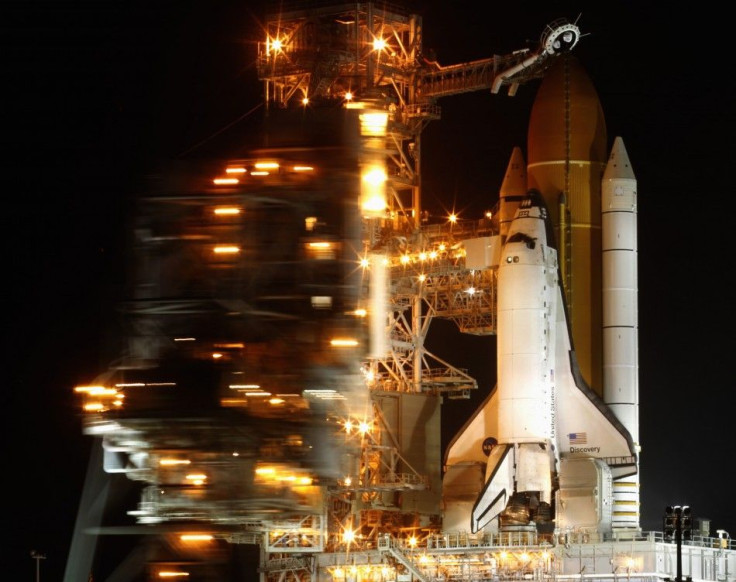Discovery's final mission, a bitter sweet experience for NASA

As Discovery gears up for its final launch, the mission plays a bitter sweet experience for National Aeronautics and Space Administration (NASA). While it is a time for well-earned celebration as the space agency managed to fix the defects that caused a three-month, 20-day delay, the STS-133 mission marks the end of Discovery's journey.
Distinguished for its roles as Workhorse, ambassador, scientist and equal opportunity emissary, Discovery will be the first of the shuttle fleet to retire.
We're wrapping up the Space Shuttle Program. Besides the excitement of completing the International Space Station and all the things we do, I hope people get a sense of the history of what the shuttle is and what we've done and what's ending. Because they'll probably never see anything like it flying again, STS-133 Commander Steve Lindsey said in a statement.
In the 35th shuttle mission to the International Space Station, Discovery will deliver and install the Permanent Multipurpose Module (PMM), the Express Logistics Carrier 4 and provide critical spare components.
The PMM, which was converted from the multi-purpose logistics module Leonardo, will provide additional storage for the station crew, and experiments may be conducted inside it.
STS-133 crew members include Commander Steven Lindsey, Pilot Eric Boe and Mission Specialists Alvin Drew, Michael Barratt, Steve Bowen and Nicole Stott. Robonaut 2, the first human-like android, will also accompany the crew and become a permanent resident of the station.
As its first priority Robonaut 2, or R2, will test its operation in microgravity. Beyond that, upgrades would enable the first dexterous humanoid robot in space to become an astronaut helper on boring or dangerous tasks.
I think it will be interesting to get it hooked up and start playing with it, seeing what it can do, Lindsey said. What I know from my years of flight tests and being around airplanes and watching them evolved is, I'm pretty sure that everybody's preconceived notions of what we're going to use this for are wrong. But by putting it on station, working with it, we'll learn what the best use of it is. And that's the whole purpose.
NASA confirmed the date for Discovery's take off last Friday after an all-day flight readiness review at Kennedy Space Center.
The 133rd shuttle mission was originally scheduled for November but was delayed close to four months due to external tank defects.
Discover earned its retirement: NASA
Space shuttle Discovery has successfully completed several missions over 352 days until now.
Noting that Discovery has flown more missions than any other shuttle - more than any other spacecraft, NASA remarked in an online statement, It's certainly earned its retirement.
Accomplishments of Discovery
Discovery has flown on 38 missions to date
It has had more than 5,600 trips around the Earth,
Discovery carried satellites such as the Hubble Space Telescope into orbit
It also sent the Ulysses robotic probe on its way to the Sun.
It was the first shuttle to rendezvous with the Russian Mir Space Station.
Discovery delivered the Japanese Kibo laboratory to the International Space Station.
Scripting History with astronauts and a humanoid
During the course of 27 years serving the space agency as a workhorse, Discovery has carried a total of 180 people, including:
- The first female shuttle pilot and the first female shuttle commander, Eileen Collins
- The first African American spacewalker, Bernard Harris
- The first sitting member of congress to fly in space, Jake Garn
On its final mission, Discovery is also carrying what would be the first dexterous humanoid robot in space, Robonaut 2.
© Copyright IBTimes 2024. All rights reserved.











